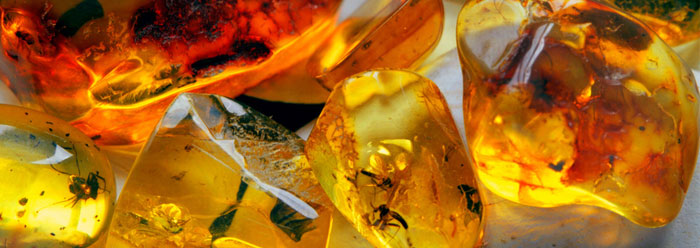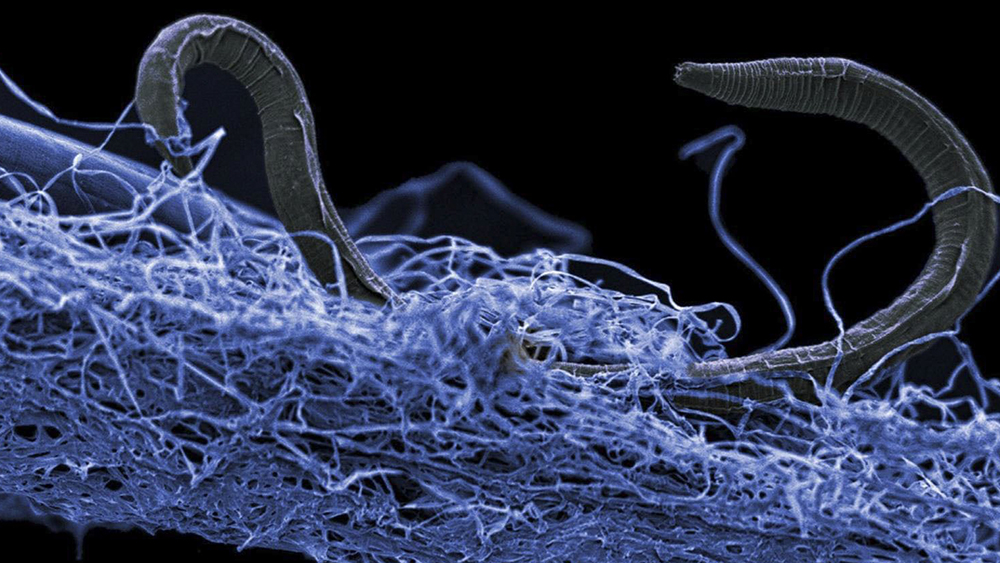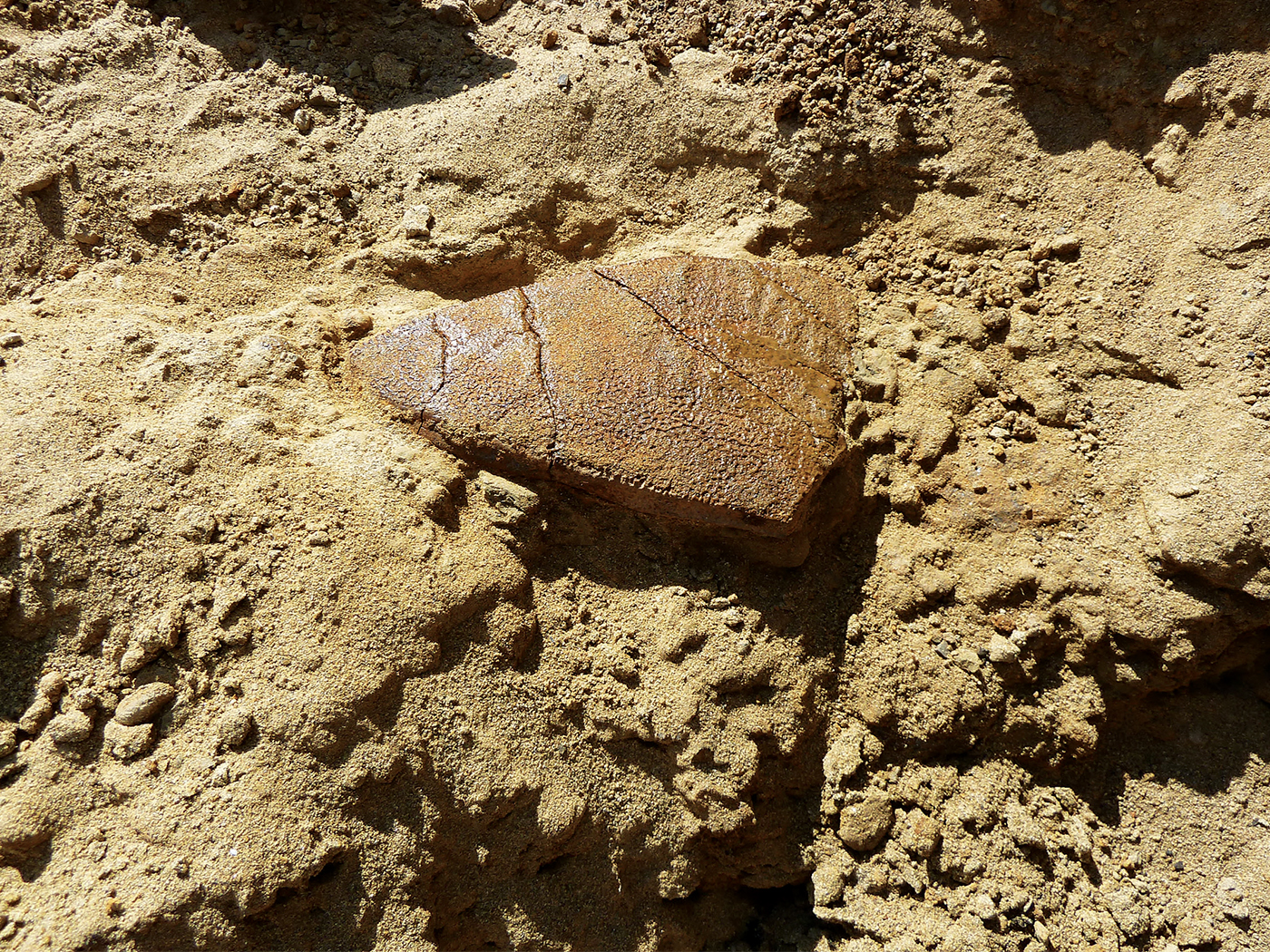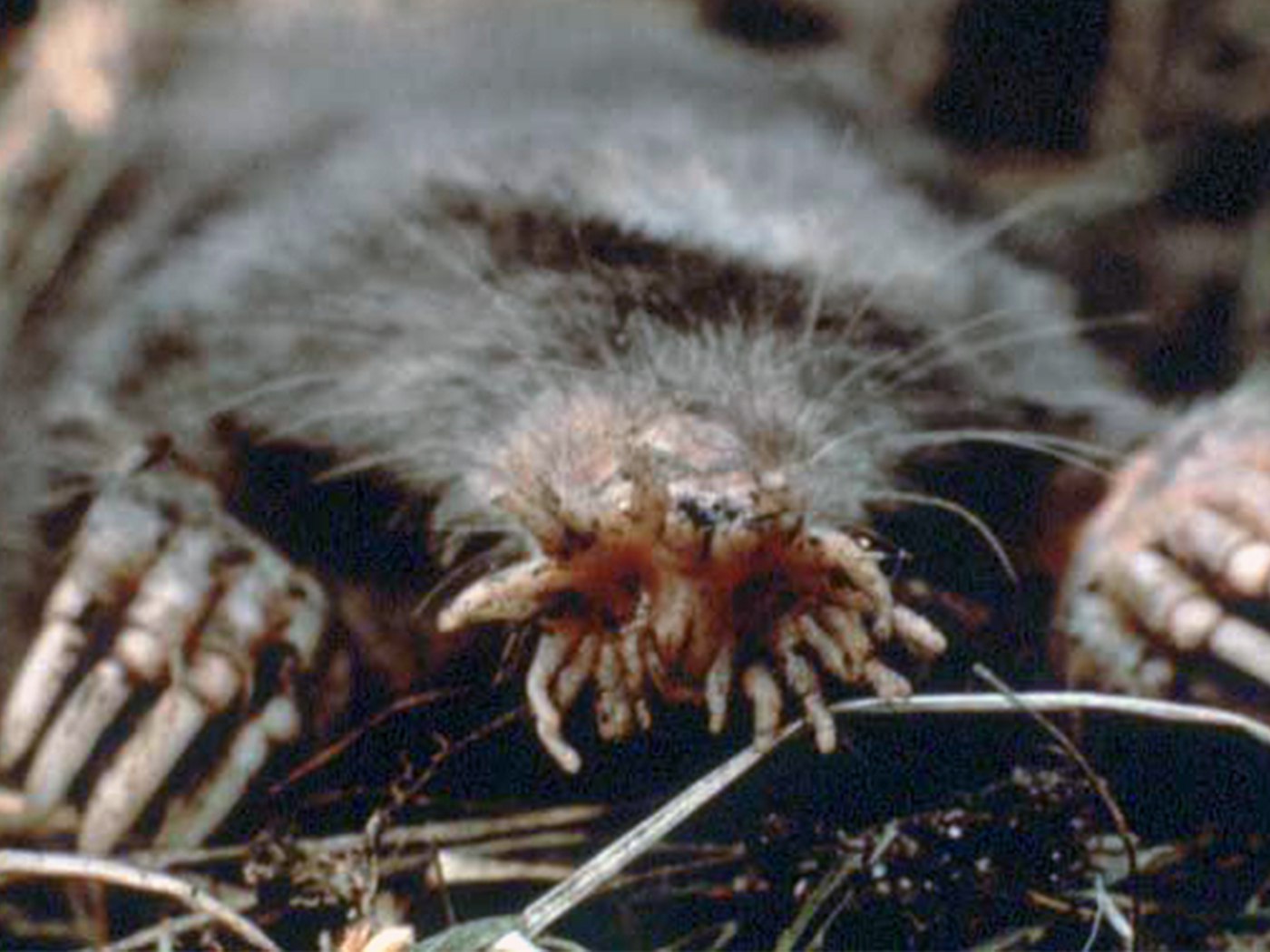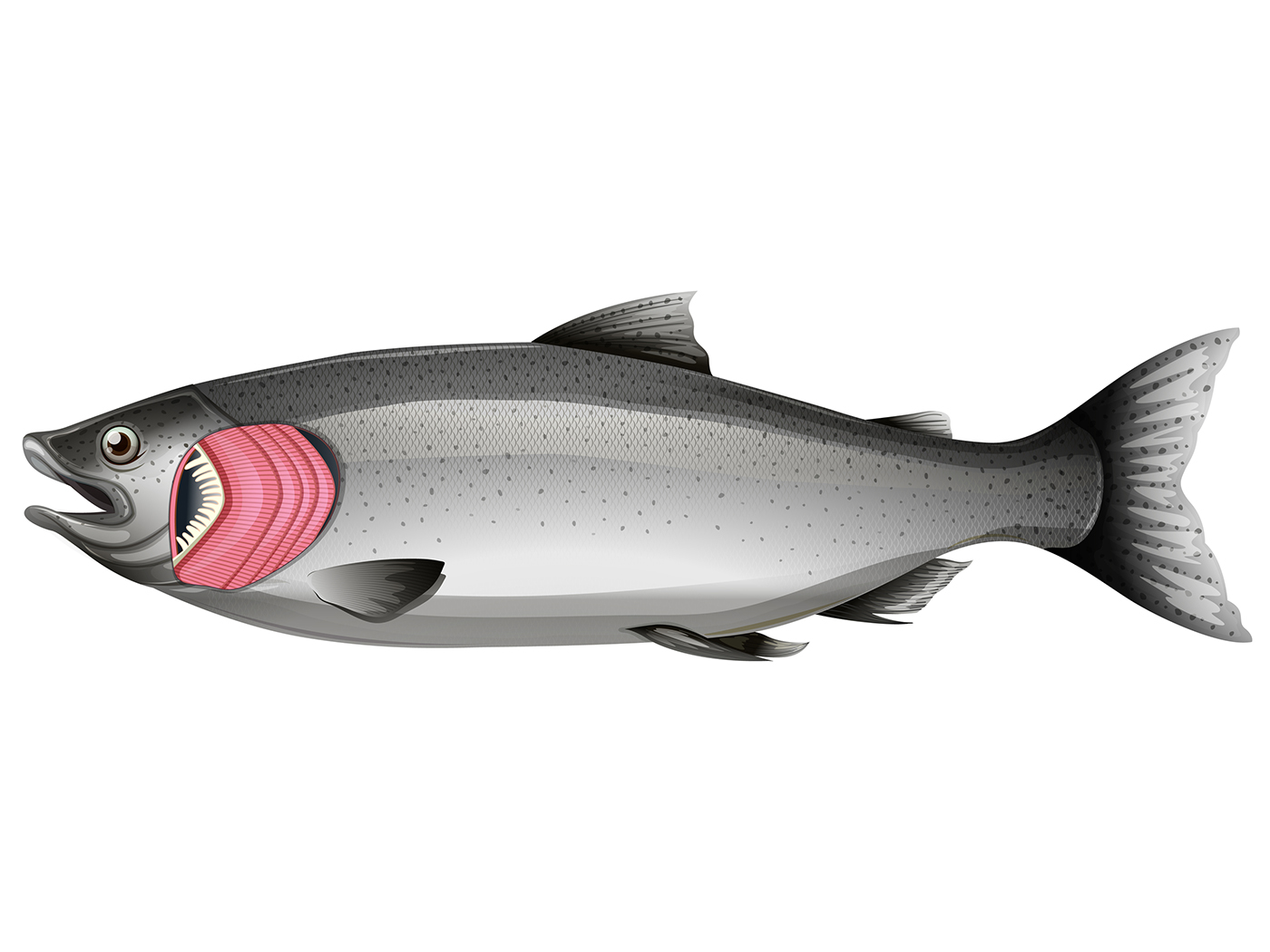A dazzling array of amber in a rainbow of colors has been discovered at Cape York in far north Australia. Plant and mammal parts, as well as insects and other arthropods, are trapped inside the gems, which formed from tree resin. While researchers are enthusiastically examining this "fabulous find," they don't seem to be putting as much effort into piecing together the clues for how the amber got there.
Like explanations for the development of oil, diamonds, coal, and sedimentary rocks, descriptions of amber origins are normally framed in a context of millions of years. But like all these materials, amber can form rapidly. Not only is it therefore possible for these materials to have formed recently, but in many cases there are other clear indications of newness. Is this the case with the Australian amber?
According to lead investigator Suzanne Hand of the University of New South Wales, many of the Australian "pieces we've looked at have inclusions of beautifully preserved plant and animal remains that were trapped in the resin before it hardened."1
If it took very long for the resin to harden, then the insects would probably not have been preserved, since over time they would have worked themselves free, been scavenged, or died and decayed. Indeed, the speed with which resin hardens, according to well-characterized chemical polymerization reactions, is why it has been used for centuries as furniture varnish. Amber hardens rapidly in the wild. In the form of sandarac, for example, it is used as incense in Arabia and as medicine by Africans. The same chemicals that comprise the majority of naturally occurring ambers can produce amber in laboratories as well.2 There is every scientific reason to consider ambers as having formed rapidly.
In order to insist that their substance is millions of years old, a researcher would have to assume that ambers were sitting around on earth for all that time after their rapid initial hardening. But if that were the case, then the organic remains trapped inside should have spontaneously decayed by now, according to chemical laws. So why did a UNSW press release state that the amber inclusions were "from millions of years ago?"1
The Australian researchers used the European Synchrotron Radiation Facility in Grenoble, France, to peer into pieces of opaque amber. The x-ray-based imaging technology revealed an array of insects such as butterflies, ants, and flies, other arthropods like spiders, and even a tuft of hair.
What they found were "beautifully preserved" insects, not the dilapidated residue that would be left behind were the amber-trapped insects millions of years old. In addition, many ambers found in California have still-living microbes in them.3, 4 Given the quality of preservation of these Australian samples, they may also harbor bacteria or yeast cells that can be reanimated. But researchers with "millions of years" blinders on their thinking would not necessarily look for still-living microbes tucked into the amber.
The quality preservation of whole insect bodies testifies to an amber-hardening process that occurred rapidly and recently. Amber is no friend to deep time. Instead, it provides yet more evidence that science supports the youthfulness of creation according to the Genesis record.
References
- Beale, B. Australian amber is treasure trove of ancient life. University of New South Wales press release, June 17, 2010.
- Man-made "amber" is called "synthetic polycommunic acid." See Hatcher, P. G. and D. J. Clifford. 1997. The organic geochemistry of coal: from plant materials to coal. Organic Geochemistry. 27 (5-6): 262.
- Thomas, B. '45 Million Year Old' Brewer's Yeast Still Works. ICR News. Posted on icr.org August 17, 2009, accessed June 21, 2010.
- Cano, R. J and M. K. Borucki. 1995. Revival and identification of bacterial spores in 25- to 40-million-year-old Dominican amber. Science. 268 (5213): 1060-1064.
* Mr. Thomas is Science Writer at the Institute for Creation Research.
Article posted on July 7, 2010.




